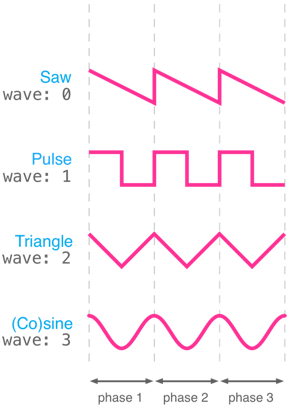
Now we’re dancing! Although, perhaps we want speed it up or slow it down to suit the mood. To fix this issue, we can use the beat_stretch: opt to ask Sonic Pi to stretch (or shrink) the sample to match the specified number of beats. Even though it’s short, it’s still noticeable. We therefore have a silence of 2 - 1.753 = 0.247 beats. That is because we asked it to sleep for 2 beats however, with the default BPM of 60, the :loop_amen sample only lasts for 1.753 beats. OK, so it is looping, but there’s an annoying pause every time round. Let’s loop the Amen Break by using our old friend the live_loop, introduced in issue 36's tutorial: live_loop :amen_break do However, this sample wasn’t famous for being played as a one-shot: it was built for being looped. Hit Run and boom! You’re listening to one of the most influential drum breaks in the history of dance music. I’m sure you’re excited to hear that it’s also built However, it was when it was discovered and sampled by early hip-hop musicians in the 1980s that it started being heavily used in a wide variety of other musical styles such as drum and bass, breakbeat, hardcore techno, and breakcore. It was first performed in 1969 in the song Amen Brother by The Winstons, as part of a drum break. One classic and immediately recognisable drum break sample is called the Amen Break. Using samples is a really great way of easily introducing new and interesting elements into your live-coded performances.So where can you get a sampler? Well, you already have one: it’s your Raspberry Pi! The built-in live-coding app Sonic Pi has an extremely powerful sampler built into its core. This is how early hip-hop music was born, and today it’s almost impossible to find electronic music that doesn’t incorporate samples of some kind. For example, you could take an old record, find a drum solo (or break), record it into your sampler, and then play it back on repeat at half-speed to provide the foundation for your latest beats.


These electronic boxes of tricks allowed you to record any sound into them and then manipulate and play back those sounds in many interesting ways. One of the most exciting and revolutionary technical developments in modern music was the invention of computer-based samplers in the late 1970s. This tutorial can be found in The MagPi 37


 0 kommentar(er)
0 kommentar(er)
